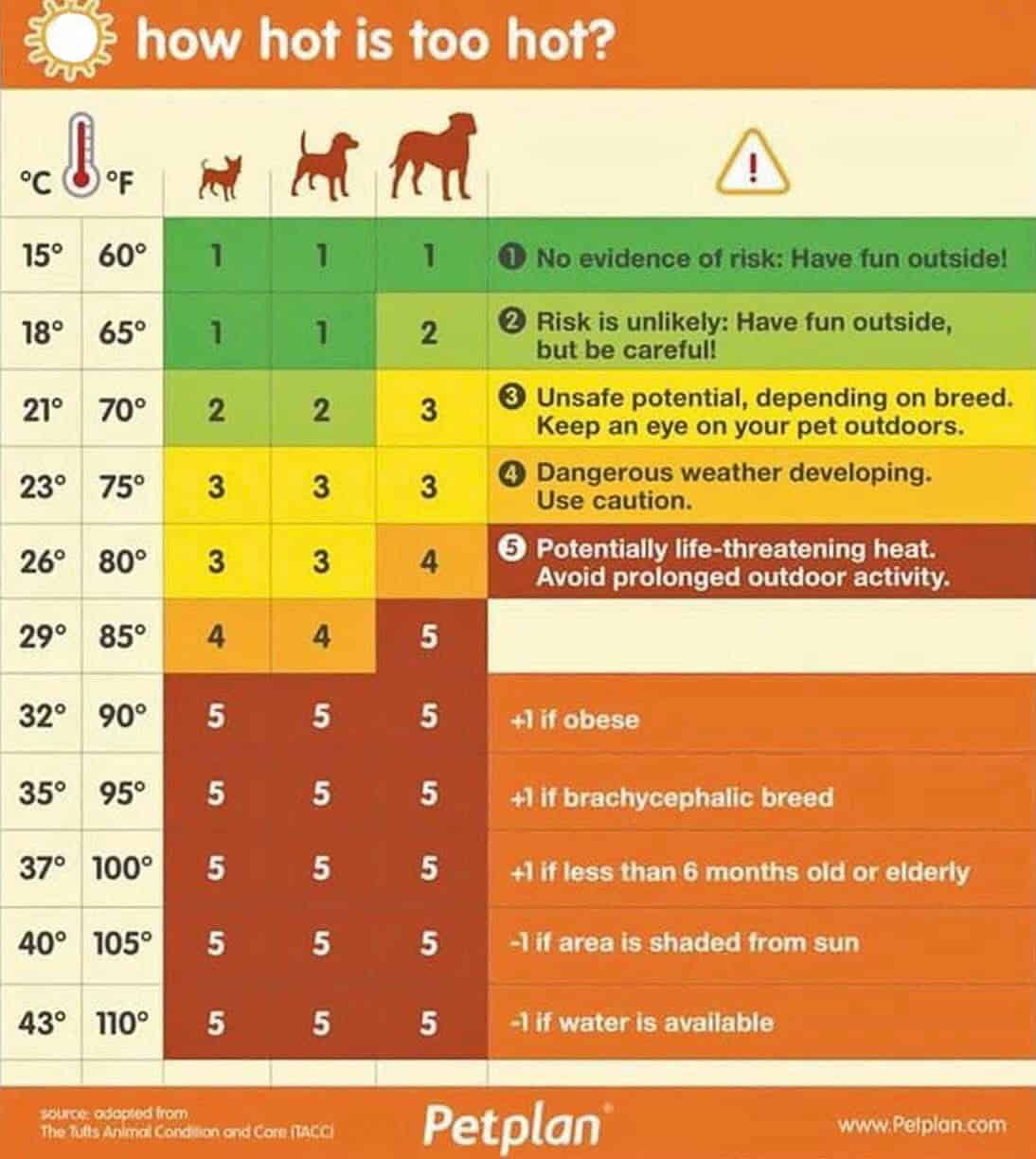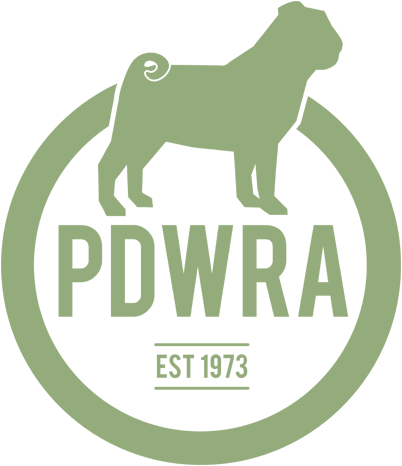
Hot Weather Alerts & Advice for our Pugs’ Health.
As temperatures have been rising to above 30°C in parts of England for the first time in 2025, we are expecting further very warm or even hot conditions into the weekend with maximums over 30°C, before cooler and fresher air returns from the West.
This transition may also bring some thunderstorms in places.
So, here is our regular advice & tips for keeping your pugs, so sensitive to heat, cool, comfortable, and safe.
- Make sure your pug has constant access to fresh water – day and night.
- fresh fruit, chilled or frozen, make ideal refreshing & healthy treats to help keep them hydrated.
- Make sure your pug has constant access to shade and cool surfaces.
- Remember to move sources of shade as the sun moves around gardens.
- Provide cooling jackets and shallow paddling pools to enable your pug to cool down, and remember that carpets do not help pugs cool down, so provide cooling mats to help your pug cool down indoors and swap them for a spare cool mat regularly to ensure they are cool.
- DO NOT rely on fans alone to cool your pugs down as they are not as effective on pets as they are on us.
- Plan your walks
- Walk your pug in the early morning or late in the evening if the temperatures are cool enough and try to stick to shaded areas.
- If the mornings/evenings are still warm – DO NOT walk your pug!
- Particularly if they are overweight, have health issues, are elderly or very young.
- The Seven Second Test
- Tarmac /pavements even artificial grass can get very hot in the sun – hold your hand on it for 7 seconds. If it’s too hot for your hand it’s too hot for their paws. DO NOT walk your pug as they could burn their paw pads.

Temperature guide for deciding whether it’s safe to walk your pug/s.
- Below 12°C: Perfect walking weather! Your dog will be comfortable and ready to explore.
- 12-19°C: Safe for most dogs, but keep an eye out for signs of overheating if they’re running around a lot.
- 20-23°C: Start to take precautions. Stick to shaded areas, keep walks short, and bring water.
- 24-26°C: This is risky territory. Only take your dog out if it’s absolutely necessary, make it a quick, shady stroll, early in the morning or later in the evening.
- Above 27°C: It’s too dangerous to walk your dog. Stay indoors or let them relax in a cool, shaded area instead.
All dogs are individual & different, so always monitor how each of yours reacts to the heat and adjust their activity accordingly.
Here is a quick-glance, useful guide, regarding temperatures & risks.

REMEMBER: NEVER leave your pug unattended in a car on a hot day – even if it’s just for a couple of minutes, even if you have left the windows open.

Pugs can die in hot cars in minutes!!!
******
HEATSTROKE.
This is an extremely dangerous condition that can develop if your pug gets too hot with limited ability to sweat and little or no nose/muzzle, they will struggle to lose heat through panting alone, more-so if they are overweight or have other health problems. Very old and very young dogs are most at risk.
Normal body temperature for a dog tends to be between 38-39°C (100.4-102.2°F), this can rise a bit if they are unwell with a fever.
Heat exhaustion typically occurs when a dog’s body temperature rises above 39.4°C, then they are at risk of heatstroke which can cause seizures, organ damage, internal bleeding, coma and be critical for them.
Nearly three quarters of heatstroke cases develop while playing and exercising though it can also be caused by simply sitting somewhere too warm, or being trapped somewhere hot, such as a car, conservatory or room without proper ventilation.
Signs of HEATSTROKE to look for, include:
-
-
- Excessive panting
- Difficulty breathing (fast, heavy, noisy)
- Increased heart rate
- Drooling / Foaming at the mouth
- Diarrhoea (may be bloody)
- Vomiting
- Weakness / Collapse
- Stupor / confusion
- Drowsy & uncoordinated
- Lethargy (low energy)
- Shaking
- Seizures
- Unconsciousness
-
If your pug experiences any of these symptoms, please seek the advice of your Vet immediately.
Heatstroke is more dangerous the longer it lasts, so the quicker your pug is cooled down and treated by a vet, the better their chance of a full recovery.
In an EMERGENCY:
1) Immediately move your pug to a cooler area, a cool, darkened room or into the shade
2) Cool them down straight away
- Calmly and quickly use cold water (water from the cold tap is fine) over their whole body, or use wet cloths or towels
- Be extremely careful they don’t inhale any water by keeping it away from their nose and mouth
- Offer them a drink of cold water but don’t force them to drink if they don’t want to. Wet their tongue with water instead.
- Create a breeze by opening doors and windows or turning a fan/air-conditioning on
- Put them on top of a cold wet towel.
- Don’t cover them with a wet towel or cuddle them as this will make them even hotter
3) Go to your Vet as soon as possible
- Transport them in an air-conditioned car or with the windows open (ensuring they can’t get out)
- If possible take someone with you to keep cooling them down while you travel
For more advice about heatstroke from PDSA including first-aid, please see:
https://www.pdsa.org.uk/pet-help-and-advice/pet-health-hub/conditions/heatstroke-in-dogs
******
For latest seasonal advice about hazards & tips, please see our webpage:
Seasonal Hazards for Pugs | The Pug Dog Welfare & Rescue Association



